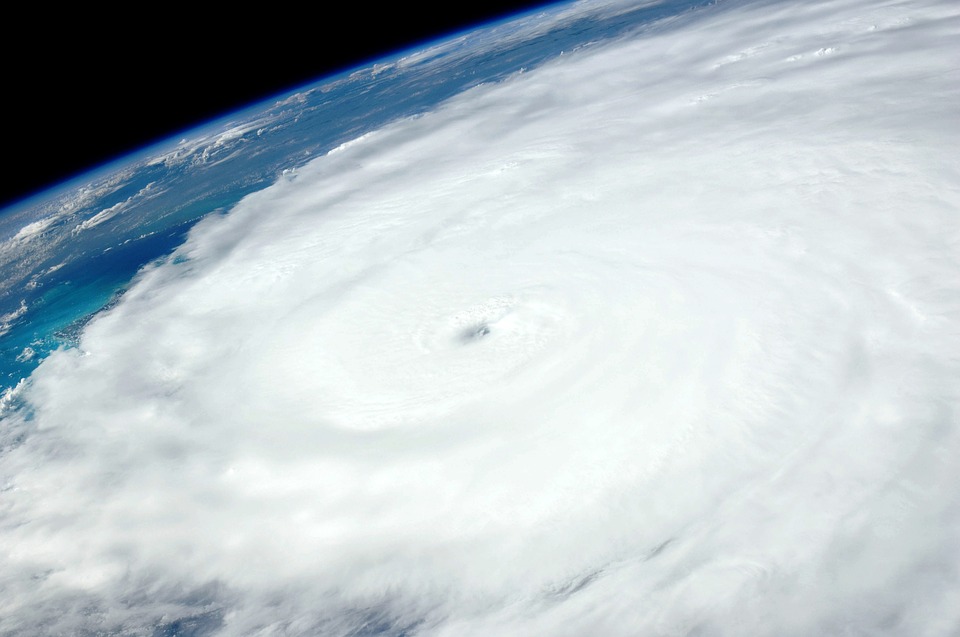HI-EMA Urges Preparation for Hurricane Season
Hurricane season has arrived and the Hawai‘i Emergency Management Agency (HI-EMA) recommends residents prepare an “emergency kit” of a minimum of 14 days of food, water and other supplies.
“The reason we’re increasing the recommendation to 14 days (previously seven) is based on the documented experience from other states and jurisdictions that have gone through similar disasters,” said HI-EMA Administrator Vern Miyagi. “If our residents are resilient, able to take care of themselves during an event, we can focus more on restoring critical infrastructure, such as our ports, roads and power plants. Depending on the damage, it will likely take two weeks or longer for the critical infrastructure to be fully or partially operational.”
Hurricane season spans June 1 to Nov. 30.
Miyagi recommended putting together an emergency kit now and maintaining it throughout the hurricane season to avoid long lines at stores and gas stations shortly before and after a potential tropical storm event.
Do not return your supplies to the store after a hurricane or storm passes—keep them for the entire season and plan to partially consume and replenish to keep the items fresh. The time to prepare your kit is now. Get ahead of the game. Don’t try to purchase your 14 days of supplies or fill your tanks with gas the day before the hurricane arrives. It will be too late by then, HI-EMA stated in a press release.
HI-EMA also recommends residents and visitors take the following actions to prepare for any possible hurricane or tropical cyclone.
- Talk with family members and develop a clear understanding what you will do if a hurricane or tropical storm threatens. Prepare an action plan that includes details such as whether your family plans to shelter in place or evacuate.
- Know if your home is in an inundation zone, flood zone, or susceptible to high winds and other hazards. Know if your home is retrofitted with hurricane resistant clips or straps.
- Stay tuned to local media and their websites/applications regarding weather updates.
- Sign up for local notification systems (i.e., HNL Info, Blackboard CTY).
- Get to know your neighbors and community so you can help each other.
- Download the “Ready Hawaii: app from the iTunes or Google Play! store. This app can aid in your emergency planning and will list shelters if they are opened for evacuation.
- Walk your property and check for potential flood threats. Clear your gutters and other drainage systems. Remove and secure loose items. Keep your car gas tanks filled.
- Prepare your pets by checking or purchasing a carrier and other preparedness items. A pet carrier is necessary for your pet’s safety if you plan to evacuate to a pet-friendly shelter. Don’t forget 14 days of food and water for your furry family members.
- Set aside an emergency supply of any needed medication and keep a copy of your prescriptions in case you run out of medication after a disaster.
- Secure your important documents in protective containers.
- Visitors should download and read the Hawai‘i Tourism Authority’s Travel Safety Brochure.
Build an emergency kit—now.
“Know where to go, know what to do, and know when to do it… ahead of time,” said Miyagi. “Now is the time to prepare.”














